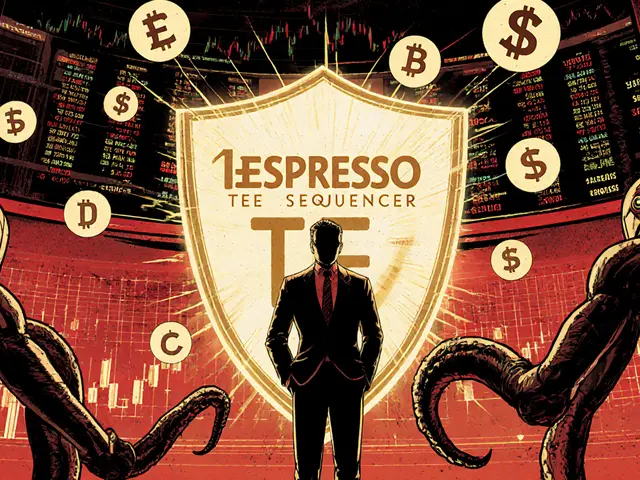Quantitative Risk Analysis in Crypto & Blockchain
When working with Quantitative Risk Analysis, the systematic measurement and modeling of financial and operational uncertainties in digital assets. Also known as QRA, it helps investors, developers, and regulators gauge potential losses and make data‑driven decisions.
One of the core metrics you’ll encounter is Funding Rates, periodic payments exchanged between long and short positions in perpetual futures. Funding rates directly affect trader profitability and act as a barometer for market sentiment. By modeling these rates, analysts can predict extreme funding events that often precede sharp price moves. In practice, adjusting position size based on funding‑rate forecasts can shave off costly slippage and improve overall portfolio stability.
Quantitative Risk Analysis also covers validator safety through Slashing Protection, techniques that prevent or mitigate penalties when a proof‑of‑stake node behaves maliciously or goes offline. Slashing events can wipe out a validator’s stake in minutes, so risk models incorporate network uptime, gossip latency, and attestations accuracy. Tools like CubeSigner and automated key‑management pipelines feed real‑time metrics into risk dashboards, letting operators react before a slash hits.
Key Risk Factors in Digital Assets
Another structural element that reshapes risk landscapes is a Blockchain Fork, a divergence in a protocol’s consensus that creates two parallel chains. Forks introduce price volatility, liquidity fragmentation, and uncertainty about which chain will dominate. Quantitative models therefore include fork probability scores, historical split impacts, and post‑fork liquidity rebalance scenarios. Understanding fork dynamics lets traders hedge exposure before a hard fork triggers a market swing.
Regulatory enforcement adds a layer of legal risk that is often quantified through Crypto Money Laundering Penalties, potential fines and prison sentences for illicit asset movement. Recent U.S. cases show sentences reaching 20 years, pushing compliance costs sky‑high. Risk analysts incorporate AML/KYC audit frequencies, jurisdictional exposure, and penalty severity into Monte Carlo simulations to estimate worst‑case financial loss.
All these entities—funding rates, slashing protection, forks, and money‑laundering penalties—are interconnected. Funding rates influence trader behavior, which can affect network load and indirectly raise slashing risk. Fork announcements often trigger heightened regulatory scrutiny, raising the chance of enforcement actions. By mapping these relationships, quantitative risk analysis builds a holistic view that goes beyond isolated metrics.
Below you’ll find a curated selection of deep‑dive articles that walk through each of these topics. Whether you’re a beginner looking for clear definitions or a seasoned pro hunting advanced modeling techniques, the posts will give you actionable insights and concrete examples to sharpen your risk‑management toolkit.






